Evaporative DPM Cooling With Mist Spray CFD Simulation | Numerical Paper Validation
Evaporative DPM Cooling With Mist Spray CFD Simulation | Numerical Paper Validation
- Upon ordering this product, you will be provided with a geometry file, a mesh file, and an in-depth Training Video that offers a step-by-step training on the simulation process.
- For any more inquiries regarding the product, please do not hesitate to reach out to us at info@CFDLAND.com or through our online support assistant.
€310 Original price was: €310.€170Current price is: €170.
Evaporative cooling, an efficient and natural cooling method, uses the principle of water evaporation to reduce air temperature. This report focuses on a CFD simulation study designed to validate the findings of a paper published in Applied Thermal Engineering entitled “CFD analysis of the impact of physical parameters on evaporative cooling by a mist spray system [1].” The study examines the influence of mist spray systems on enhancing evaporative cooling efficiency through the optimization of droplet size, distribution, and evaporation rates. By replicating experimental conditions and analyzing critical parameters, this CFD simulation clarify the physical phenomena governing evaporative cooling and functions as a validation tool for the referenced research.
- Reference [1]: Montazeri, Hamid, Bert Blocken, and Jan LM Hensen. “CFD analysis of the impact of physical parameters on evaporative cooling by a mist spray system.” Applied Thermal Engineering75 (2015): 608-622.
- Reference [2]: Sureshkumar, R., S. R. Kale, and P. L. Dhar. “Heat and mass transfer processes between a water spray and ambient air–I. Experimental data.” Applied Thermal Engineering5-6 (2008): 349-360.

Figure 1: Typical water spray system [2]
Simulation Process
A computational model was made of the wind-tunnel test section based on the reference paper with dimensions 0.585 0.585 1.9 m3 (Fig. 2a). Geometry and grid generation was executed with the pre-processor ANSYS MESHING, resulting in a structured grid with 1160912 hexahedral cells (Fig. 2b). In this study ANSYS Fluent is used in which the Lagrangian-Eulerian approach is implemented to simulate multi-phase flows in sprays and atomizers. It means, employment of 2-way Discrete Phase Method (DPM) module along with cone injection of water droplets with various droplet diameters (modeled by Rosin-Rammler diameter distribution method). Evaporating species facilitates us to capture extra heat which turns into evaporation in droplets.


Figure 2: a) Computational domain (b) Computational grid of Evaporative Cooling With Mist Spray CFD Simulation
Post-processing
The CFD simulation findings reveal remarkable agreement with the experimental data from the reference study concerning the evaporative cooling efficacy of the mist spray system. Figure 5a of the paper illustrates that the dry-bulb temperature profile along the normalized tunnel length (X/L) closely aligns with the experimental observations, with maximum variances of under 5%. The simulation precisely reflects the temperature decrease from roughly 39.2°C at the inlet to 32°C at the outflow, confirming the model’s efficacy in predicting the evaporative cooling effect of the water spray system.

Figure 3: Dry-bulb temperature in Evaporative Cooling With Mist Spray CFD Simulation, Experimental Paper Validation
The contour plot illustrates an obvious conical spray pattern originating from the nozzle, with the maximum cooling impact centered near the spray centerline, where droplet density is greatest. The temperature gradually decreases in the stream direction as the water droplets evaporate, extracting heat from the ambient air. The cooling effect spreads outward from the spray core due to turbulent mixing, resulting in a distinct temperature distribution pattern that illustrates the three-dimensional aspect of the evaporative cooling process. This graphic confirms that the CFD model effectively represents both the spray dynamics and heat transfer processes observed in the experimental configuration.


Figure 4: a) Temperature b) Velocity distribution in Evaporative Cooling With Mist Spray CFD Simulation, Experimental Paper Validation
We pride ourselves on presenting unique products at CFDLAND. We stand out for our scientific rigor and validity. Our products are not based on guesswork or theoretical assumptions like many others. Instead, most of our products are validated using experimental or numerical data from valued scientific journals. Even if direct validation isn’t possible, we build our models and assumptions on the latest research, typically using reference articles to approximate reality.
Yes, we’ll be here . If you have trouble loading files, having technical problems, or have any questions about how to use our products, our technical support team is here to help.
You can load geometry and mesh files, as well as case and data files, using any version of ANSYS Fluent.
€105 Original price was: €105.€65Current price is: €65.

€160 Original price was: €160.€135Current price is: €135.

€330 Original price was: €330.€175Current price is: €175.

€240 Original price was: €240.€125Current price is: €125.

€320 Original price was: €320.€175Current price is: €175.

€240 Original price was: €240.€115Current price is: €115.





















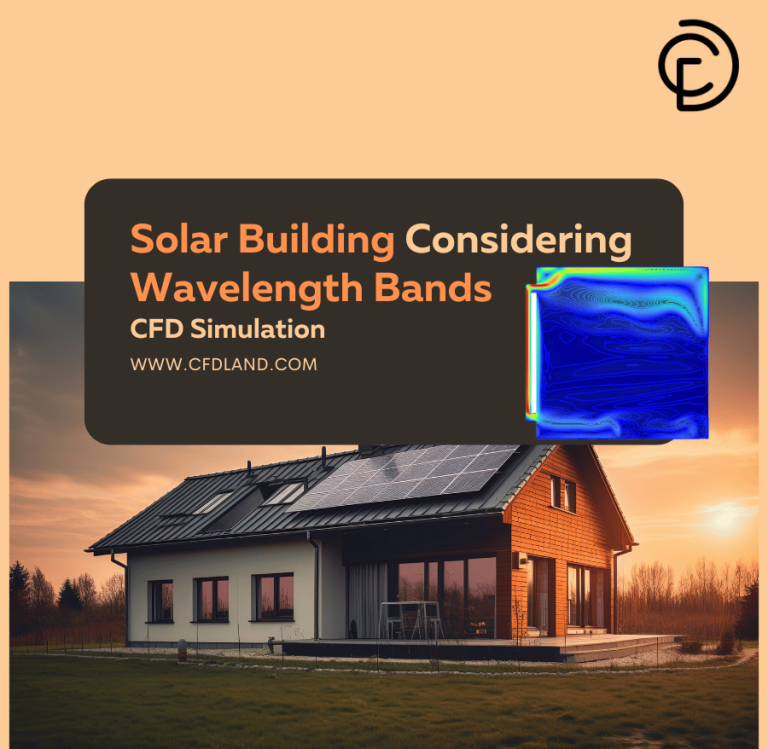
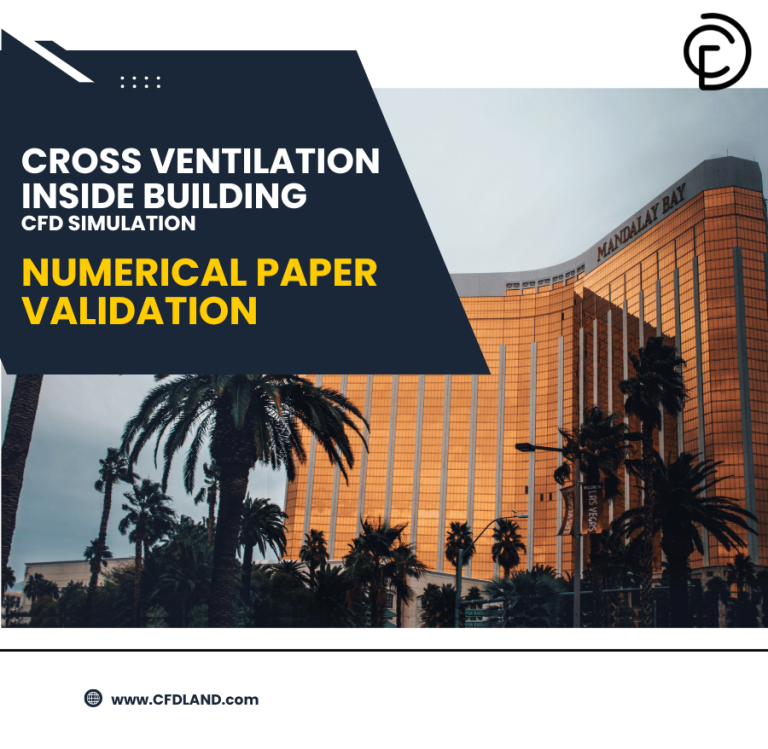
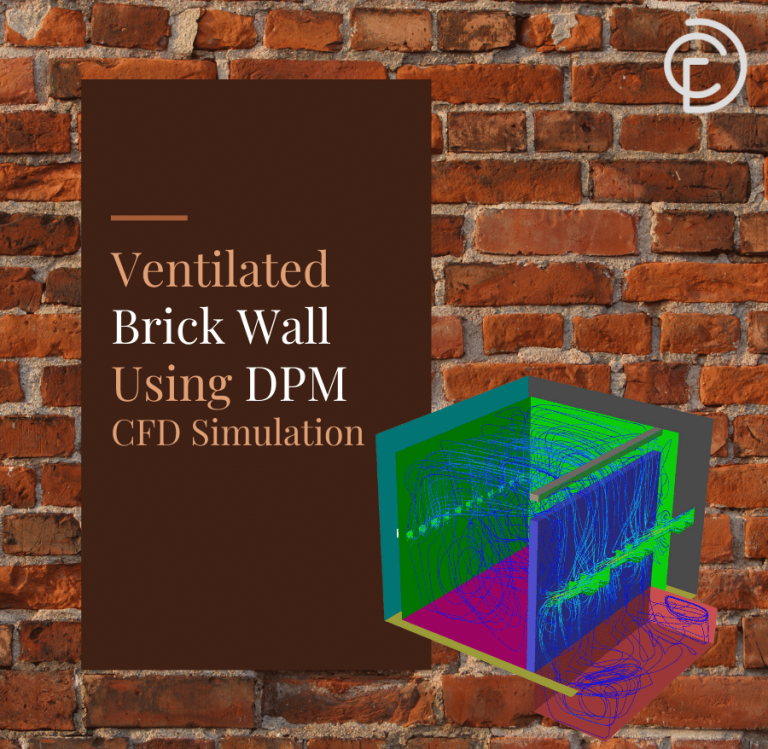
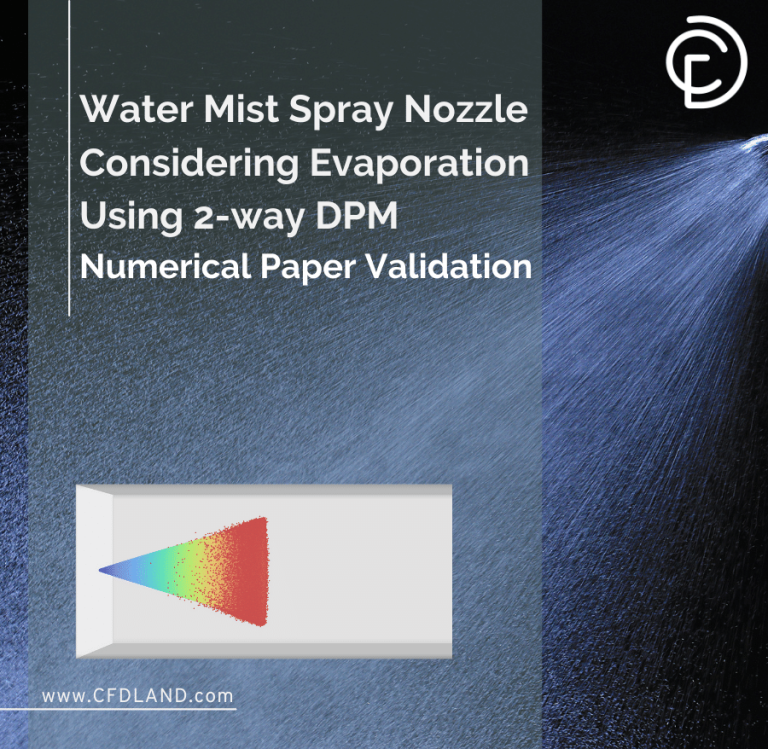
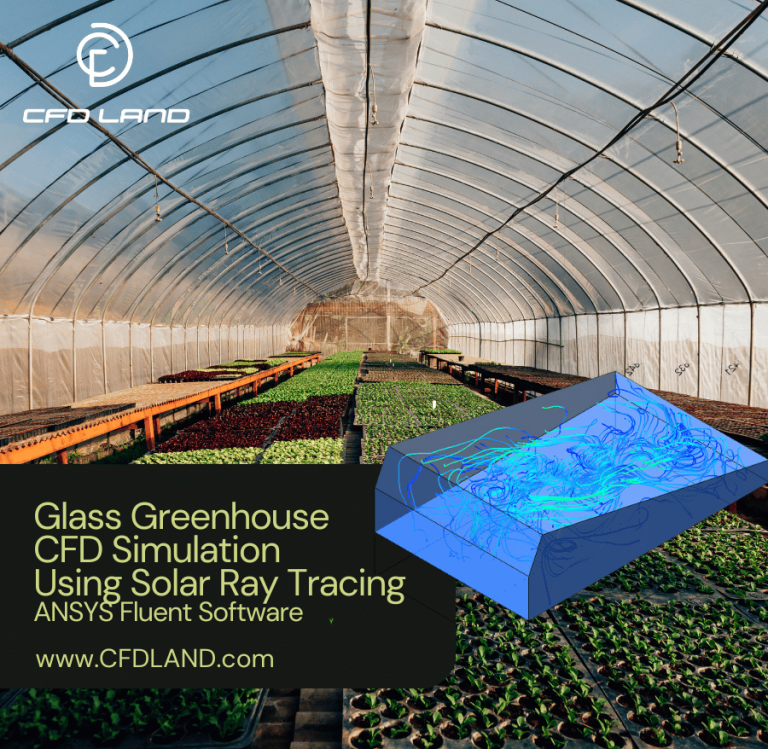
Reviews
There are no reviews yet.